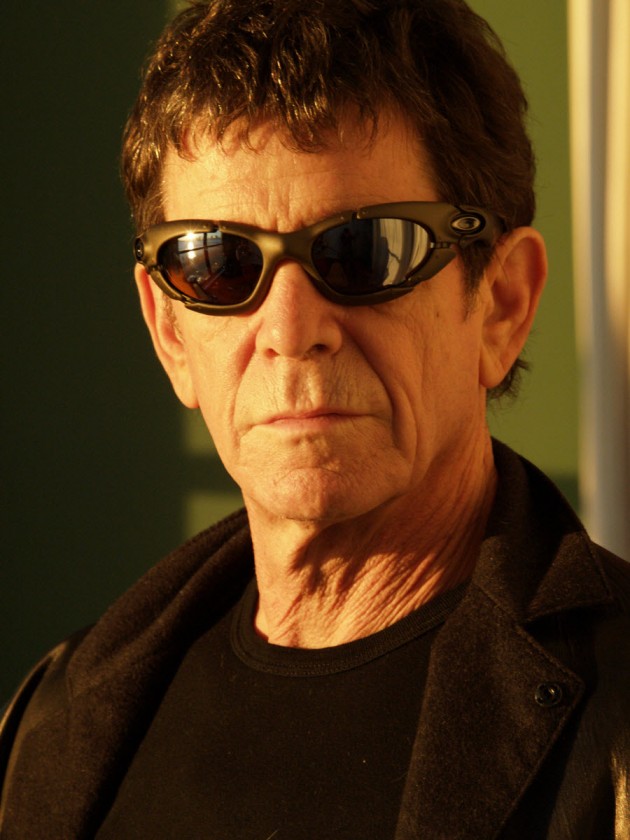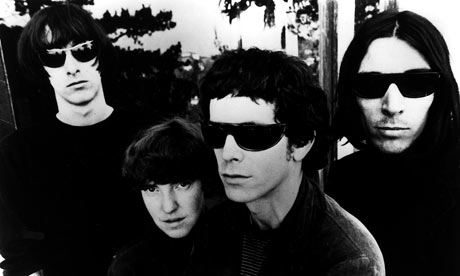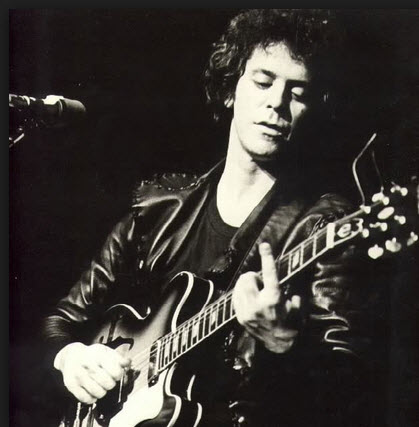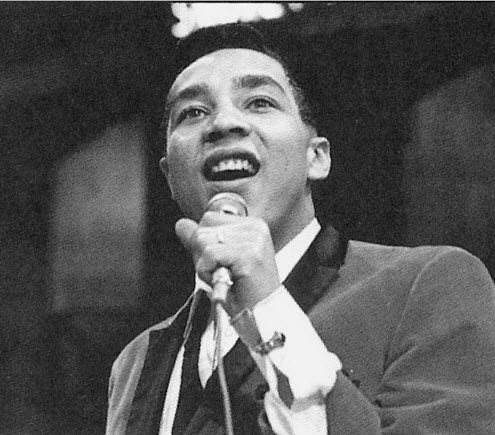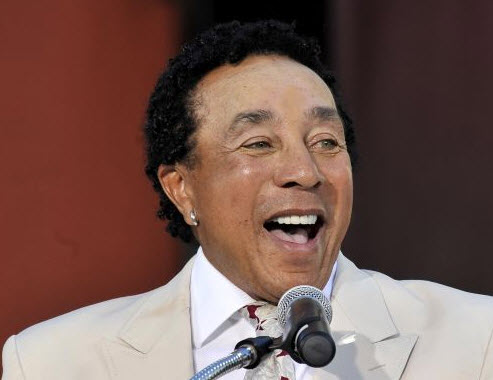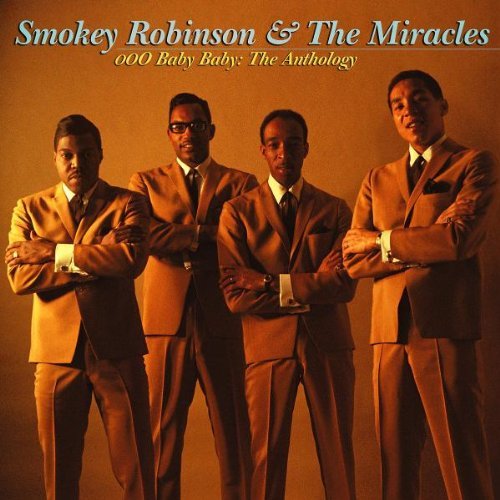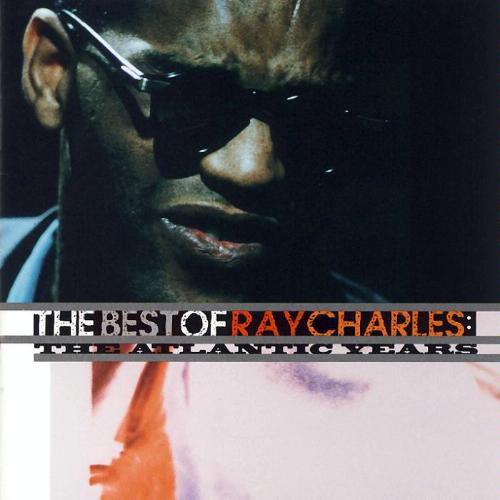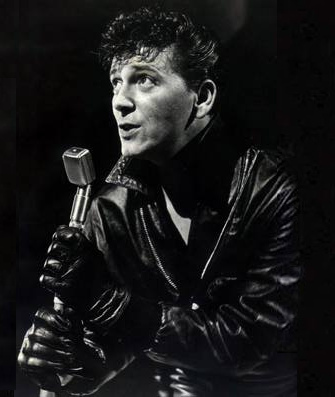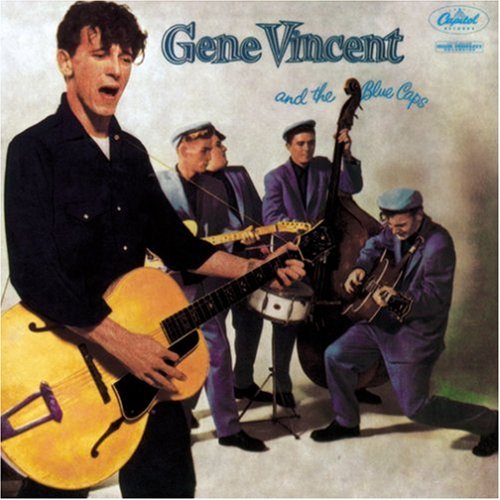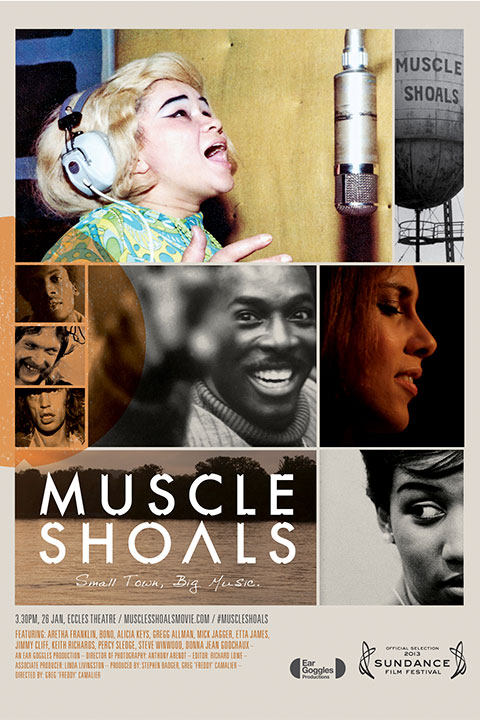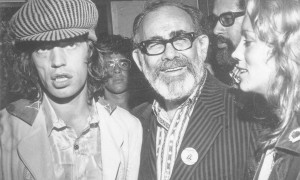One chord is fine. Two chords are pushing it. Three chords and you’re into jazz.
~Lou ReedI think that everything happens for a reason, everything happens when it’s going to happen.
~Lou Reed…he’s often cited as punk’s most important ancestor. It’s often overlooked, though, that he’s equally skilled at celebrating romantic joy, and rock & roll itself, as he is at depicting harrowing urban realities.
~Richie Unterberger
Patti Smith inducts Velvet Underground Rock and Roll Hall of Fame 1996:
Sweet Jane (@ Letterman 1993):
Wikipedia:
| Birth name | Lewis Allan Reed |
|---|---|
| Born | March 2, 1942 (age 71) Brooklyn, New York United States |
| Genres | Rock, experimental rock, art rock, protopunk, noise music, drone music, psychedelic rock, folk rock, glam rock, blue-eyed soul, spoken word |
| Occupations | Musician, songwriter, producer, photographer |
| Instruments | Vocals, guitar, ostrich guitar, bass, synthesizer, keyboards, piano, harmonica, drums, percussion |
| Years active | 1964–present |
| Labels | Matador, MGM, RCA, Sire, Reprise, Warner Bros. |
| Associated acts | The Velvet Underground, John Cale, Nico,David Bowie, The Killers, Mick Ronson, Gorillaz, Laurie Anderson, Peter Gabriel, Metallica, Metric |
| Website | www.loureed.com |
Lewis Allan “Lou” Reed (born March 2, 1942) is an American rock musician, songwriter, and photographer. He is best known as guitarist, vocalist, and principal songwriter of The Velvet Underground, and for his solo career, which has spanned several decades. Though the Velvet Underground were a commercial failure in the late 1960s, the group has gained a considerable cult following in the years since its demise and has gone on to become one of the most widely cited and influential bands of the era. As the Velvet Underground’s principal songwriter, Reed wrote about subjects of personal experience that rarely had been examined so openly in rock and roll, including sexuality and drug culture.
After his departure from the group, Reed began a solo career in 1971. He had a hit the following year with “Walk on the Wild Side”, although he subsequently lacked the mainstream commercial success its chart status seemed to indicate. Reed’s work as a solo artist frustrated critics wishing for a return of the Velvet Underground. In 1975, Reed released a double album of feedback loops, Metal Machine Music, upon which he later commented, “No one is supposed to be able to do a thing like that and survive.”
A Walk On The Wild Side (Live at Farm Aid 1985):
Album of the day:
New York (1989)

